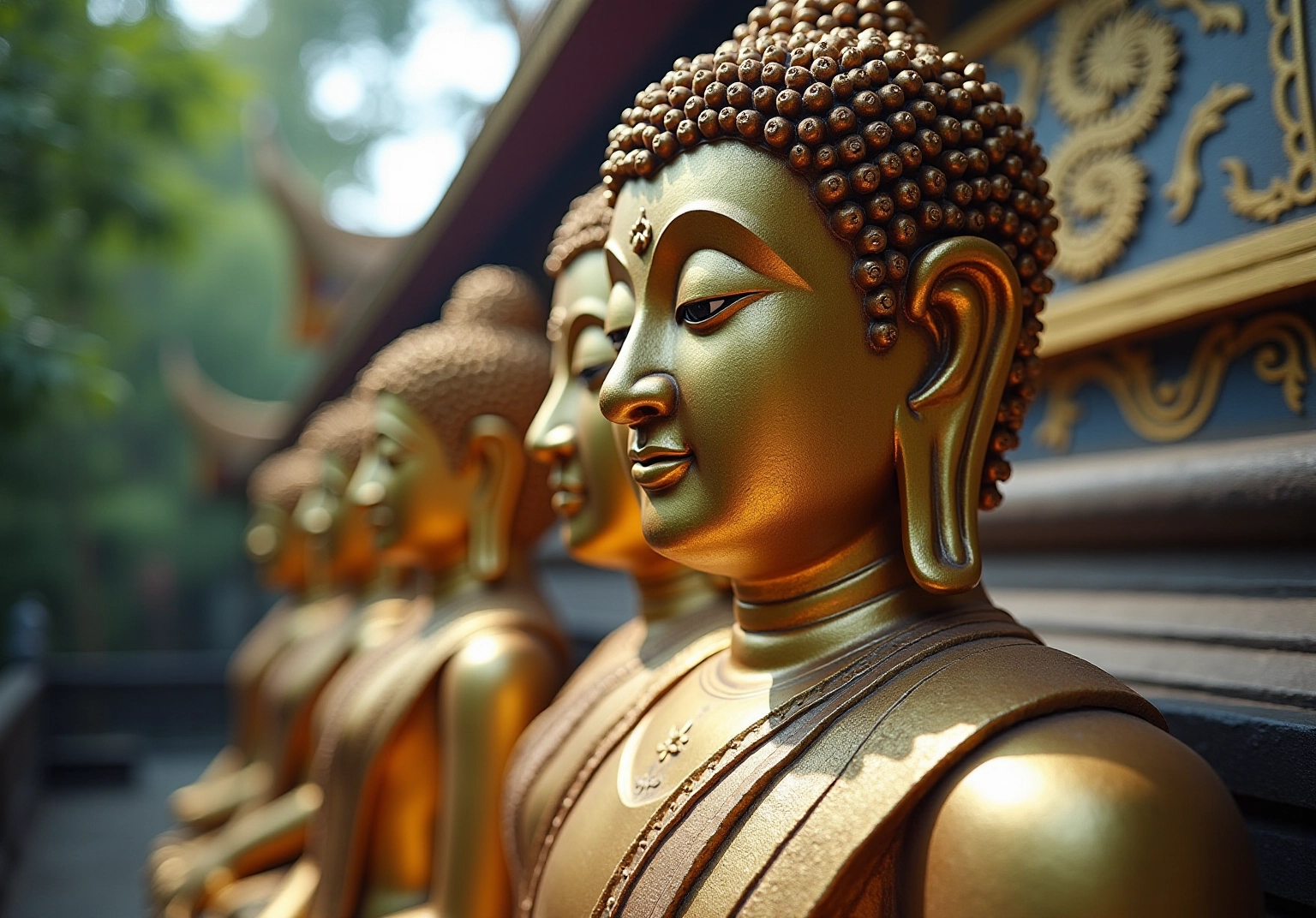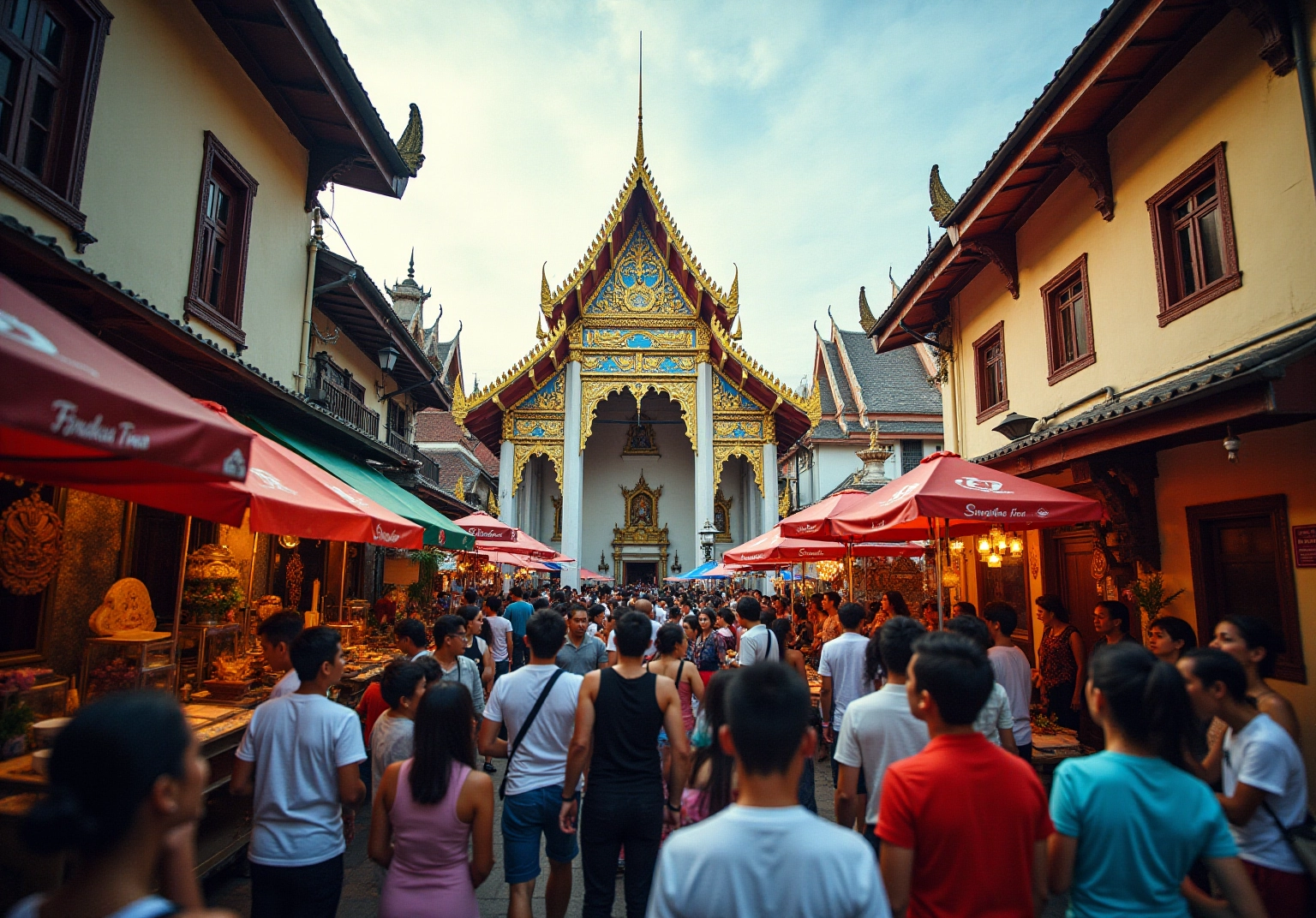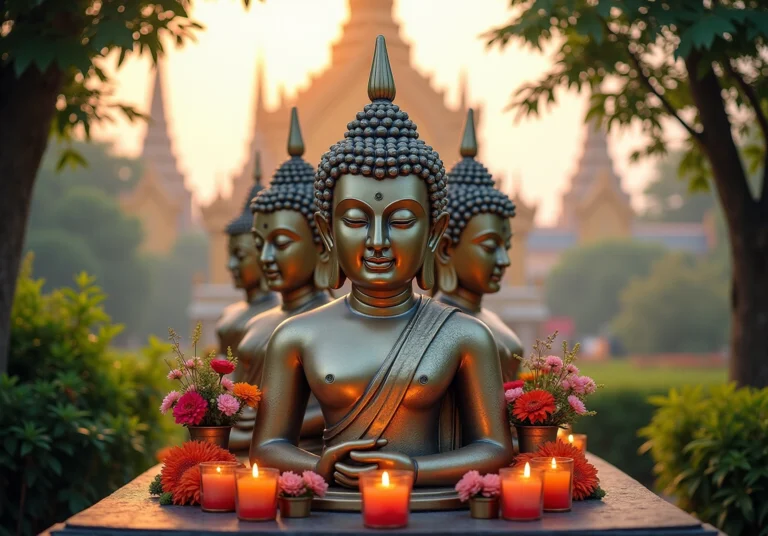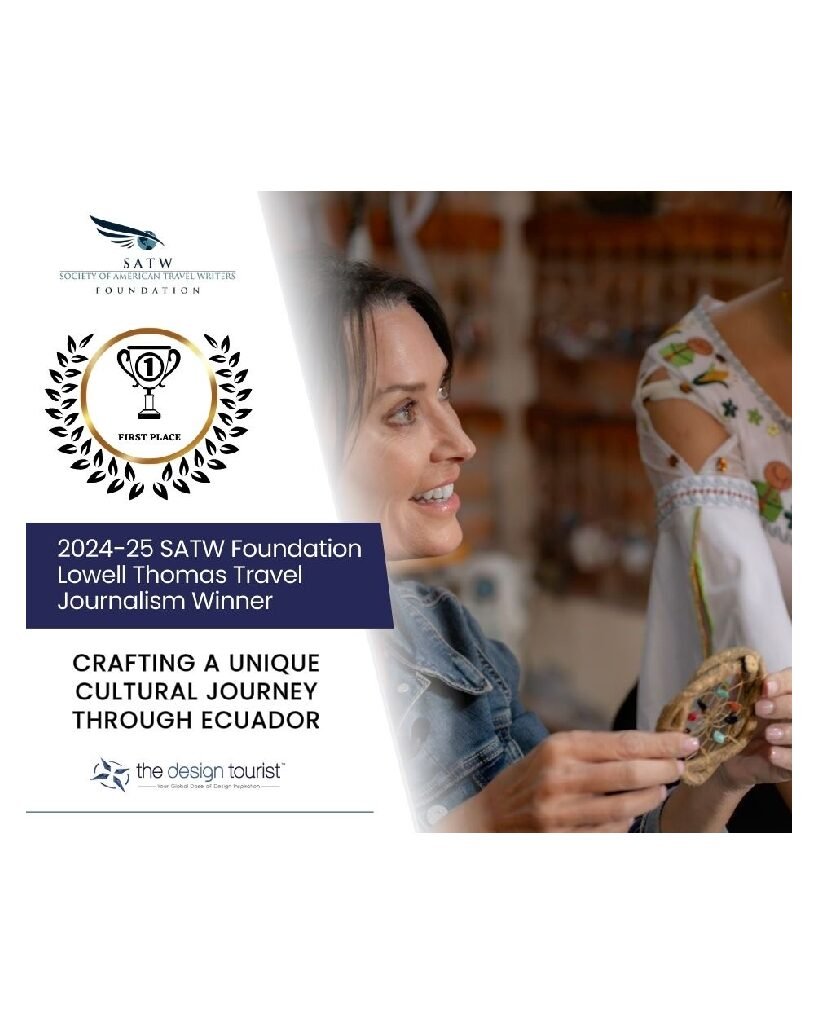Overview
If you’re planning a meaningful visit to the Four-Faced Buddha, there are a few essential steps to keep in mind!
- Understand the significance of this beautiful site.
- Prepare appropriate offerings to enhance your experience.
- Engage in local customs and rituals while you’re there.
- Pray at each face for specific blessings—it’s a wonderful way to connect with the spiritual atmosphere.
- Wear modest clothing, which is not only respectful but also part of the experience.
- Participate in cultural practices to add to the overall visit at the Erawan Shrine.
Trust me, these steps will make your journey even more enriching and memorable!
Key Highlights:
- The Four-Faced Buddha, or Phra Phrom, represents Brahma and symbolises career, love, health, and wealth through its four faces.
- Worshippers seek blessings in various life aspects, making the shrine a popular site for locals and tourists.
- Best visiting times are early morning or late afternoon, especially on Thursdays, which locals dedicate to the deity.
- Visitors should wear modest clothing and prepare offerings such as incense, flowers, and candles for the shrine.
- Rituals include bowing before each face of the Buddha while praying for specific blessings related to the four aspects.
- Engaging in local customs, such as participating in festivals and interacting with artisans, enriches the visitor experience.
- Respectful photography is encouraged to honour worshippers, and visitors are advised to enjoy local cuisine after their visit.
- Sharing experiences on social media can promote appreciation for Thai culture and the significance of the Four-Faced Buddha.
Introduction
Visiting the Four-Faced Buddha, or Phra Phrom, is an exciting opportunity to connect with a deity that embodies the many facets of life—career, love, health, and wealth! This sacred figure not only attracts worshippers seeking blessings but also invites you to dive into the rich cultural tapestry of Thailand.
But how can you ensure your visit is both respectful and meaningful amidst the bustling atmosphere of the Erawan Shrine? By exploring essential steps and local customs, you can transform a simple visit into a profound spiritual journey, enhancing the experience for both you and those around you.
Understand the Significance of the Four-Faced Buddha
Have you ever heard of the Four-Faced Deity? Known as Phra Phrom in Thailand, this fascinating figure, often referred to as the 4 face buddha, represents Brahma, the Hindu god of creation. Each of its four faces symbolizes different aspects of life that resonate with many of us!
- The front face is all about career
- The right face embodies love
- The back face signifies health
- The left face represents wealth
Isn’t it amazing how this multifaceted deity allows worshippers to seek blessings in various areas of their lives?
Understanding these meanings can truly enhance your visit, making your prayers feel more intentional and meaningful. Plus, the 4 face buddha is revered for its protective qualities, making it a popular spot for both locals and travelers alike in search of good luck and guidance. So, if you find yourself in Thailand, this is definitely a place to include in your itinerary!

Plan Your Visit: Essential Tips for Travelers
To make the most of your visit to the Four-Faced Buddha, here are some tips I think you’ll find helpful!
Best Time to Visit: I recommend going early in the morning or later in the afternoon. This way, you can avoid the crowds and soak in a peaceful atmosphere. Thursdays are particularly special, as many locals believe it’s a day dedicated to the Four-Faced Deity.
Getting There: The Erawan Shrine is super convenient to reach, as it’s located near the Chit Lom BTS station. Trust me, using public transport will save you from the hassle of traffic and parking.
Dress Code: Remember to wear modest clothing to show respect for this sacred site. It’s best to avoid shorts and sleeveless tops.
Offerings: Before you go, prepare some offerings like incense sticks, flowers, and candles. You can easily find these for purchase near the shrine.
Respectful Behavior: Keep your voice down, as many visitors come here to pray. It’s essential to be mindful of local customs and etiquette while you’re at the shrine.
Enjoy your visit—there’s so much beauty and spirituality waiting for you!

Engage in Rituals: How to Pray and Make Wishes
Ready to dive into the rituals at the Erawan Shrine? Here’s a friendly guide to help you navigate this beautiful experience!
First things first, Approach the Shrine. Stand before the 4 face buddha, gazing at its front side to establish that all-important direct connection. It’s a moment that sets the tone for your visit!
Next up, it’s time to Make Offerings. Bring along your offerings to the altar—think four incense sticks, four candles, and a lovely garland. Each of these items symbolizes one of the four aspects of the deity: kindness, compassion, joy, and sacrifice. How meaningful is that?
Now, let’s Pray Sincerely. Bow three times before each image, and really articulate your wishes with clarity. It’s customary to express how you plan to show gratitude if your wish comes true—this adds an extra layer of sincerity to your prayer. Oh, and don’t forget: abstaining from meat and showing compassion for animals before you pray can truly enhance your spiritual experience.
After that, Walk Clockwise around the shrine. This isn’t just a stroll; pause at each face to pray for specific blessings—career, love, health, and wealth. This practice aligns beautifully with traditional customs in Thailand and makes your spiritual journey even more enriching. The 4 face buddha is believed to grant wishes related to these aspects, so don’t rush through this vital step!
Lastly, if you can, Participate in Local Customs. Check out any traditional Thai dance performances that might be happening during your visit. These vibrant displays not only enrich your experience but also connect you to the lively cultural expressions surrounding the Four Faced Deity, originally known as Brahma, the Great Brahman Heavenly King. Plus, understanding the systematic consecration method that boosts the efficacy of the 4 face buddha will deepen your appreciation of these beautiful rituals.
So, are you ready to embark on this journey? It’s sure to be a memorable adventure!

Explore Local Customs: Enhance Your Experience
To enhance your experience at the Erawan Shrine, dive into these local customs that will surely enrich your visit!
-
Join in Celebrations: If your visit aligns with nearby festivals, seize the chance to immerse yourself in the festivities! These events often feature lively music, dance, and delicious dishes like Pad Krapow and Som Tum, creating a vibrant atmosphere. As cultural anthropologist Dr. Somchai Chaiyaporn beautifully puts it, “Festivals in Thailand are not just events; they are a celebration of community and identity, deeply rooted in our traditions.”
-
Engage with Local Artisans: Take a moment to chat with the artisans and vendors around the shrine. You’ll gain fascinating insights into traditional crafts and offerings, like intricate flower garlands and handmade amulets. This interaction deepens your understanding of the culture and highlights the socio-economic significance of these skilled artisans in the community.
-
Practice Respectful Photography: Capturing memories is important, but be mindful of worshippers. Avoid taking photos during prayer times to honor the sacredness of the space. Remember, as Dr. Ananya Rattanakosin emphasizes, “Respecting the spiritual practices of others is crucial in maintaining the sanctity of sacred sites.”
-
Enjoy Regional Cuisine: After your visit, why not explore nearby restaurants? Indulge in authentic dishes that will deepen your connection with the regional culture through its culinary delights. Don’t miss out on local specialties like Tom Yum Goong and Mango Sticky Rice—they’re essential to the Thai dining experience!
-
Share Your Experience: Consider sharing your visit on social media or with friends! Highlight the cultural significance of the 4 face buddha and inspire others to appreciate this unique aspect of Thai heritage. Sharing your personal stories can foster a greater appreciation for the traditions and customs that make Thailand such a vibrant destination.

Conclusion
Visiting the Four-Faced Buddha, or Phra Phrom, is such a unique opportunity to connect with a deity that embodies the multifaceted nature of life! Each of the four faces represents essential aspects—career, love, health, and wealth—inviting you to seek blessings in these vital areas. Understanding this significance can truly transform a simple visit into a deeply meaningful spiritual experience.
Throughout this article, I’ve outlined essential steps for a meaningful visit, from planning your trip to engaging in rituals. Key tips include:
- The best times to visit
- The importance of dressing modestly
- The significance of offerings
Plus, participating in local customs and respecting the sacred space enhances your overall experience, allowing for a richer connection to the culture and traditions surrounding the shrine.
Ultimately, a visit to the Four-Faced Buddha is more than just a sightseeing opportunity; it’s an invitation to engage with the spiritual and cultural heritage of Thailand. By embracing the rituals, respecting local customs, and sharing your experiences, your visit can inspire a deeper appreciation for the rich traditions that shape this vibrant destination. So, take the time to reflect on your wishes and immerse yourself in this profound journey—it’s an experience that can resonate long after your visit is over!
Frequently Asked Questions
What is the Four-Faced Buddha also known as?
The Four-Faced Buddha is known as Phra Phrom in Thailand.
What does the Four-Faced Buddha represent?
The Four-Faced Buddha represents Brahma, the Hindu god of creation.
What do the four faces of the Four-Faced Buddha symbolize?
The four faces symbolize different aspects of life: the front face represents career, the right face embodies love, the back face signifies health, and the left face represents wealth.
How can understanding the meanings of the Four-Faced Buddha enhance a visit?
Understanding these meanings can make prayers feel more intentional and meaningful for worshippers.
What protective qualities are associated with the Four-Faced Buddha?
The Four-Faced Buddha is revered for its protective qualities, making it a popular spot for locals and travelers seeking good luck and guidance.
Why is the Four-Faced Buddha a recommended place to visit in Thailand?
It is recommended because it allows worshippers to seek blessings in various areas of their lives and is a significant cultural and spiritual site.


































